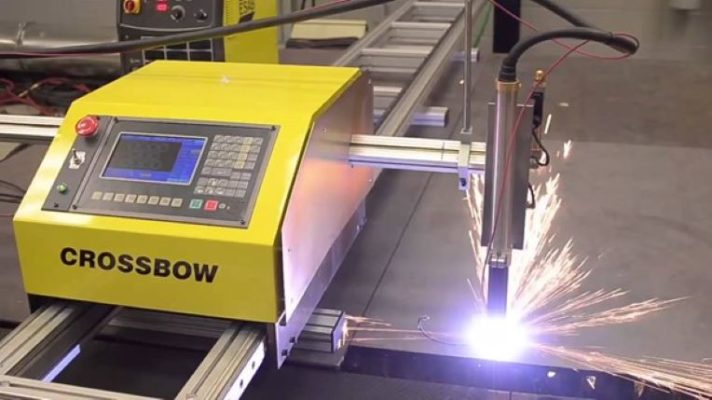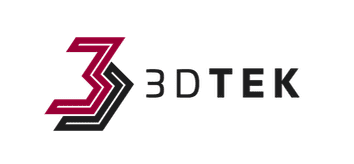As a beginner to the CNC process, you’d be forgiven for undoubtedly having a few questions.
When studying anything new, the very best place to start is by gaining a basic understanding of that in which you’re hoping to learn.
In this case, we’ll first need to understand what a CNC router is and how the entire CNC process works as a whole.
What is CNC?
CNC stands for Computer Numerical Control, which means that the physical movement of CNC machinery is dictated by a computer system, using a coordinate system.
The process can be used to automate a range of intricate machinery, from grinders and lathes to mills and routers.
A CNC machine controls a tool whether it be a router, print head, plasma torch, pen, or other to move it in one or more of the directions, or axes, the most basic functions of which are:
- X-Axis – moves the spindle from side-to-side.
- Y-Axis – moves the spindle from front to rear.
- Z-Axis – moves the spindle up and down.
Whether the CNC machine is a basic system used at home by hobbyists or used in a manufacturing capacity with machines costing millions, the process remains more or less the same.
CNC Machinery & Programming
In CNC programming, the code to instruct the machine is generated by software called CAM (Computer-Aided Manufacturing). CAM programs range from basic free and in some case web browser-based, software up to industrial capable and priced packages.
The language used to instruct a CNC machine is generally in the form of ‘G-Code’, a very basic textual language with each individual move or instruction being represented by a few characters and numbers. G-Codes control the machine’s behaviours, such as speed, axes coordination and feed rate.
These characteristics make CNC machinery ideal in manufacturing environments incorporating many materials such as wood, metal, and plastic.
Designs can be generated in the form of graphics, 2D, or 3D CAD drawings. Which can then be processed into G-Code for the CNC to execute. Gcode programs can be simulated in software or as a dry run on the machine (no material loaded) to verify the output. CNC Machines generally require little human interaction once started.
Different Kinds of CNC Machines

Image from youtube
The earliest version of the numerical control machines dates back to the 1940s when specialised motors were first developed to control the movement of pre-existing tools, to aid in the production of helicopter blades.
As technologies advanced throughout the 1960s and 70s, the mechanisms were improved and the scope of what they were used for increased. This coincided with the rise of analogue computers and digital computers, which inevitably gave way to the CNC machining processes we recognise today.
The vast majority of the CNC’s these days are 100% electronic and are used, most commonly, for ultrasonic welding, hole-punching and laser cutting. The most frequently used machines include:
CNC Mills & Routers
CNC mills as covered at the beginning of this blog generally consist of at least an X, Y and Z axis-system, although more advanced systems can accommodate additional axes. Generally, the stock is fixed in position on the machine and the endmill (cutter) is directed over the material from above to subtract the undesired portion, revealing the intended part.
Lathes
When using a lathe machine, unlike the Mill example above, the stock is fixed into a rotating jaw and the tool is applied to this stock. Utilising CNC technology means that these cuts can be undertaken very quickly and with razor-sharp precision.
Lathes are most often used to produce more complex pieces that simply wouldn’t be attainable on more basic machinery. The control functions of CNC mills and lathes are quite similar. As with the former, lathes can be programmed with either G-Code or another custom language, but generally only consist of two axes: X and Z.
Plasma Cutters
As the name suggests, plasma cutters cut material with a torch. This is generally a process consigned to metalwork, but it can also be used on other surfaces.
In order to generate the requisite heat necessary to cut through metal, plasma is generated with an electrical arc against the surface being cut, with the cut often shielded by an inert gas flowing from the torch head.
3D Printers
Similar to a CNC router in that they generally consist of an X, Y, & Z axis and are operated from above the part. The manufacturing process is the opposite though, where a CNC router stared with a solid piece of material and whittled it away to reveal the desired part, a 3D Printer starts with a blank slate and builds up the part by depositing material layer by layer until the part is complete. This is known as additive manufacturing.
Laser Cutters
This subtractive manufacturing equipment uses a potent light beam to burn away or incinerate material.
A desktop laser cutter will normally follow directions from computer numerical control (CNC) or the G-Code, that we talked about earlier.
One common method begins with a laser beam that is emitted from a laser tube. The beam reflects through several carefully configured mirrored surfaces before being focused into a very small dot point on or slightly below the surface being cut. The key is effectively focusing the energy of a laser beam into the smallest point possible to remove the material with maximum efficiency and precision.
Laser cutters generally require less setup due to there being no mechanical force on the stock and so not requiring clamping down. They can also often be very simple to use to the point that some systems allow for CTRP+P ‘printing’ to a laser cutter like you would send a document to your office printer.
These machines are capable of creating finely detailed patterns with a high-quality surface finish, often faster and with more detail than a CNC router. Lasers though can either lightly engrave or completely cut through but not produce partial depth cuts like a CNC router, they also are appropriate for a different range of materials. For these reasons they a complementary machine in the workshop next to a CNC machine.
There is a broad range of laser cutting methods that you can use.
Such as:
- CO2 Lasers – CO2 powered laser cutters are the most frequently used and most affordable on a cost per what consideration.
They generally only use limited power, come at a relatively low price point, yet they are incredibly efficient and compatible with the broadest range of materials. The laser source is produced from a gas mixture that largely consists of carbon dioxide.
- Neodymium (Neodymium-Doped Yttrium Aluminium Garnet) – This laser, created with neodymium-doped crystals, has a reduced wavelength and a higher concentration when compared to CO2 lasers.
This enables the laser to cut through far thicker and stronger material, including most metals and even some ceramics. The drawback to this kind of laser, though, is that machine parts require a higher degree of maintenance.
- Fibre – Created from a “seed laser” and amplified through special glass fibres. This laser has a high intensity that rivals Neodymium but is easier to maintain due to the machine’s construction.
Fibre-based laser cutters are most commonly used for laser marking, which involves labelling pieces with information, such as tools for example.
If you require any more information on anything we’ve covered in this blog, or you’d like to hear more about any of our other products, contact us today or check out our FAQ’s.


